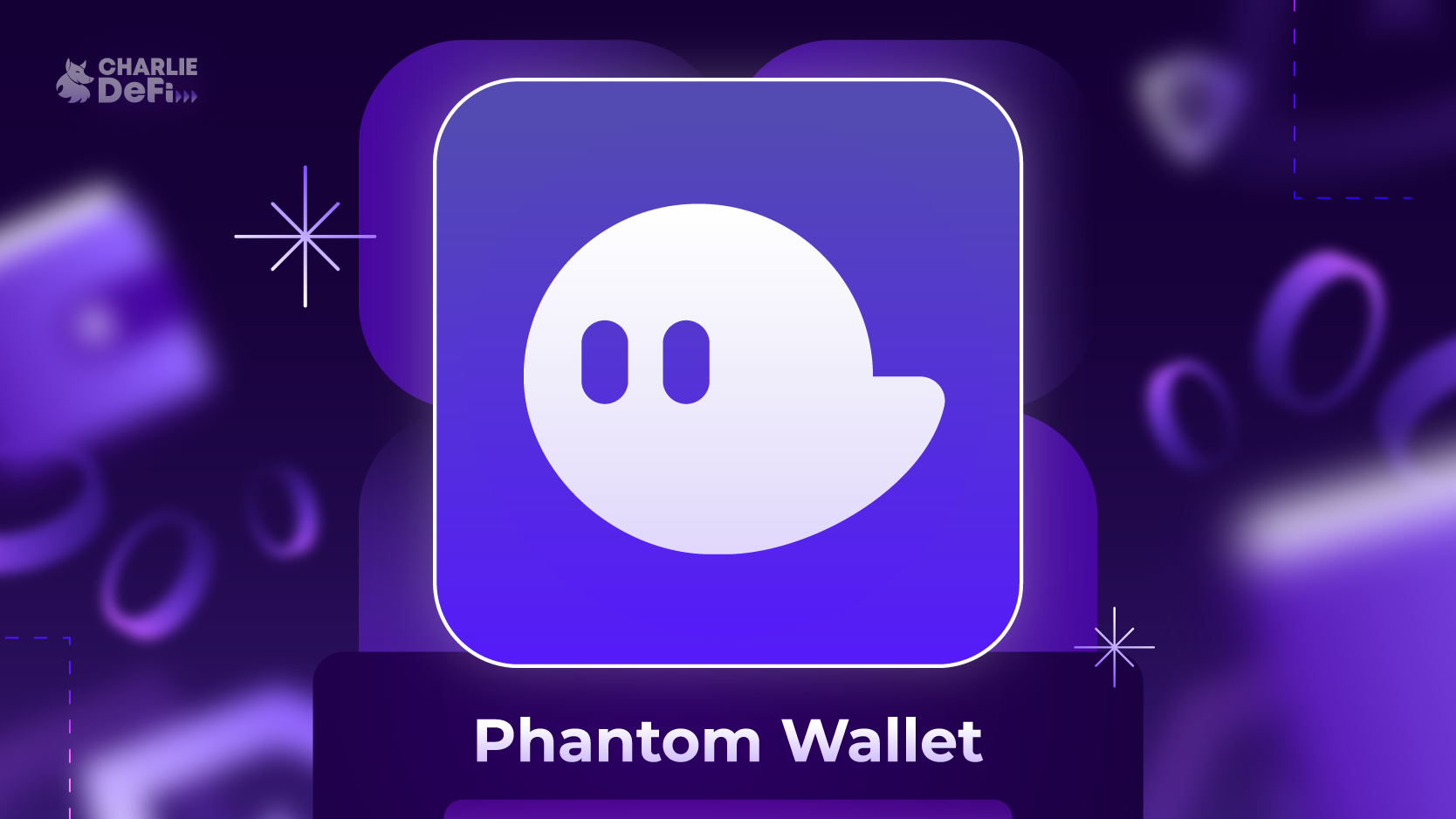So I was messing around with Solana NFTs the other day, and man, something felt off about the usual wallets out there. They’re either clunky or just don’t get the speed that Solana promises. Seriously? It’s like trying to race a Ferrari but driving a tractor. Phantom Wallet, though—it’s different. Really smooth, super intuitive, and it just clicks with the whole Solana vibe.
Wow! Downloading it was straightforward. Honestly, I wasn’t expecting much at first. But then, the interface hit me like a breath of fresh air. No clutter, no confusing jargon—just clean, simple, and fast. That’s pretty rare in crypto wallets. I mean, you’re juggling NFTs, staking SOL, and all that jazz, so having a wallet that doesn’t trip you up is very very important.
Here’s the thing. NFTs on Solana are blowing up right now, and Phantom Wallet is kinda the gateway. You can browse collections, see your assets, and even send or receive NFTs with just a few clicks. Oh, and by the way, the transaction fees are way lower compared to Ethereum-based wallets, which is a total win if you’re like me and hate burning cash on gas fees.
Initially, I thought, “Okay, it’s just another wallet,” but then I realized Phantom’s staking feature is a whole other beast. You can stake your SOL directly from the wallet interface. No need to juggle multiple apps or complicated commands. That seamless integration makes a huge difference, especially for folks new to staking who might feel overwhelmed by all the blockchain mumbo jumbo.
Actually, wait—let me rephrase that. Staking on Solana has its nuances, sure, but Phantom does a solid job breaking it down without oversimplifying. You get actual control and transparency, which is refreshing. On one hand, staking feels risky to some, though actually, the rewards and security on Solana make it pretty appealing if you’re willing to hold long term.
Check this out—when you download Phantom Wallet (I grabbed it from https://sites.google.com/phantom-solana-wallet.com/phantom-wallet-downloads), it walks you through setting up your wallet and backing up your seed phrase right away. That step? Super crucial. I’ve seen too many newbies skip it and regret it later. Trust me, don’t skimp on this part.

Something else I noticed: Phantom’s browser extension works like a charm. Interacting with Solana dApps felt almost effortless compared to other wallets I’ve used. The connections are stable, and sign-in prompts come up quickly without lag. I’m biased, but this little detail bugs me when other wallets drop the ball here.
Now, I’m not 100% sure about every technical aspect under the hood. Like, I haven’t dug deep into Phantom’s security protocols beyond the basics. But from what I’ve tested myself, the wallet feels safe and trustworthy. My gut says that the team behind Phantom really cares about user experience, which counts for a lot in crypto.
Why NFTs on Solana Shine with Phantom
NFTs can be tricky. Sometimes, you spend hours waiting for a wallet to sync or for transactions to confirm. Not with Phantom. The wallet leverages Solana’s lightning-fast network, so your NFT trades and transfers happen in a flash. That’s exciting because slow transactions kill the vibe, especially when you’re trying to snag a rare drop.
Also, Phantom supports seamless collection views and metadata displays, so you actually see your NFTs looking sharp instead of as some generic token ID. That might sound minor, but it’s those little touches that make holding digital art feel more personal. I’ve spent way too much time scrolling through ugly interfaces before, so this was refreshing.
Oh, and did I mention? Phantom recently added support for Solana’s new NFT standards, making it future-ready. This means you can expect better compatibility and features as the ecosystem evolves. Honestly, that’s a smart move that shows the wallet isn’t just resting on its laurels.
One concern I had was about cross-platform use. Can I use Phantom on my phone and desktop seamlessly? The answer is yes. The mobile app syncs nicely with the desktop extension, although there were a couple of hiccups syncing wallet states quickly at first. But hey, that’s normal for early-stage apps, and the devs are pushing updates regularly.
When I first tried staking SOL, I was a bit hesitant. The idea of locking up tokens sounded risky. But Phantom’s clear UI and real-time reward tracking helped me trust the process more. Plus, you can unstake anytime after the cooldown period—flexibility that some staking setups lack.
So, if you’re looking to dive into Solana NFTs or staking without drowning in complexity, Phantom Wallet is a solid pick. It’s not perfect—some features could be more polished—but it nails the essentials and makes this whole crypto stuff less intimidating. And hey, if you want to check it out yourself, here’s the direct download link: https://sites.google.com/phantom-solana-wallet.com/phantom-wallet-downloads.
Frequently Asked Questions
Is Phantom Wallet safe for storing NFTs and SOL?
While no wallet is 100% risk-free, Phantom uses standard security protocols and encrypts your private keys locally. Plus, you control your seed phrase, which is the ultimate safeguard. Just be sure to back it up securely!
Can I stake SOL directly from Phantom Wallet?
Yes, Phantom offers built-in staking features that let you delegate your SOL to validators easily, track rewards, and unstake when you want. It’s designed to be user-friendly, especially for newcomers.
Where can I download Phantom Wallet?
You can get the latest, official version from https://sites.google.com/phantom-solana-wallet.com/phantom-wallet-downloads. Always download from trusted sources to avoid scams.


Write a comment: